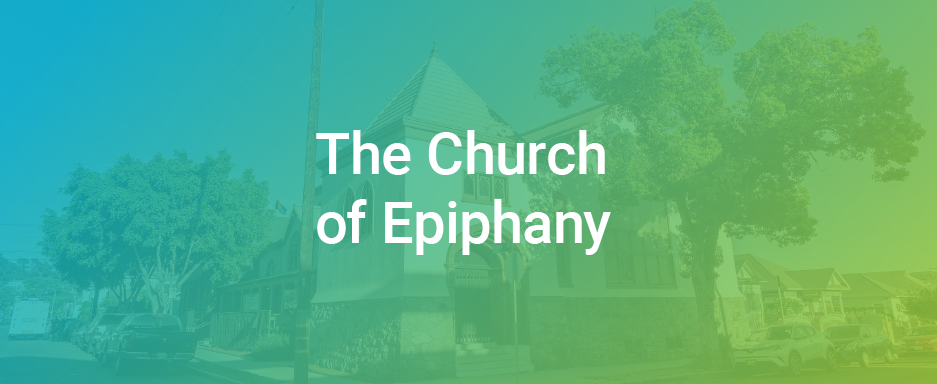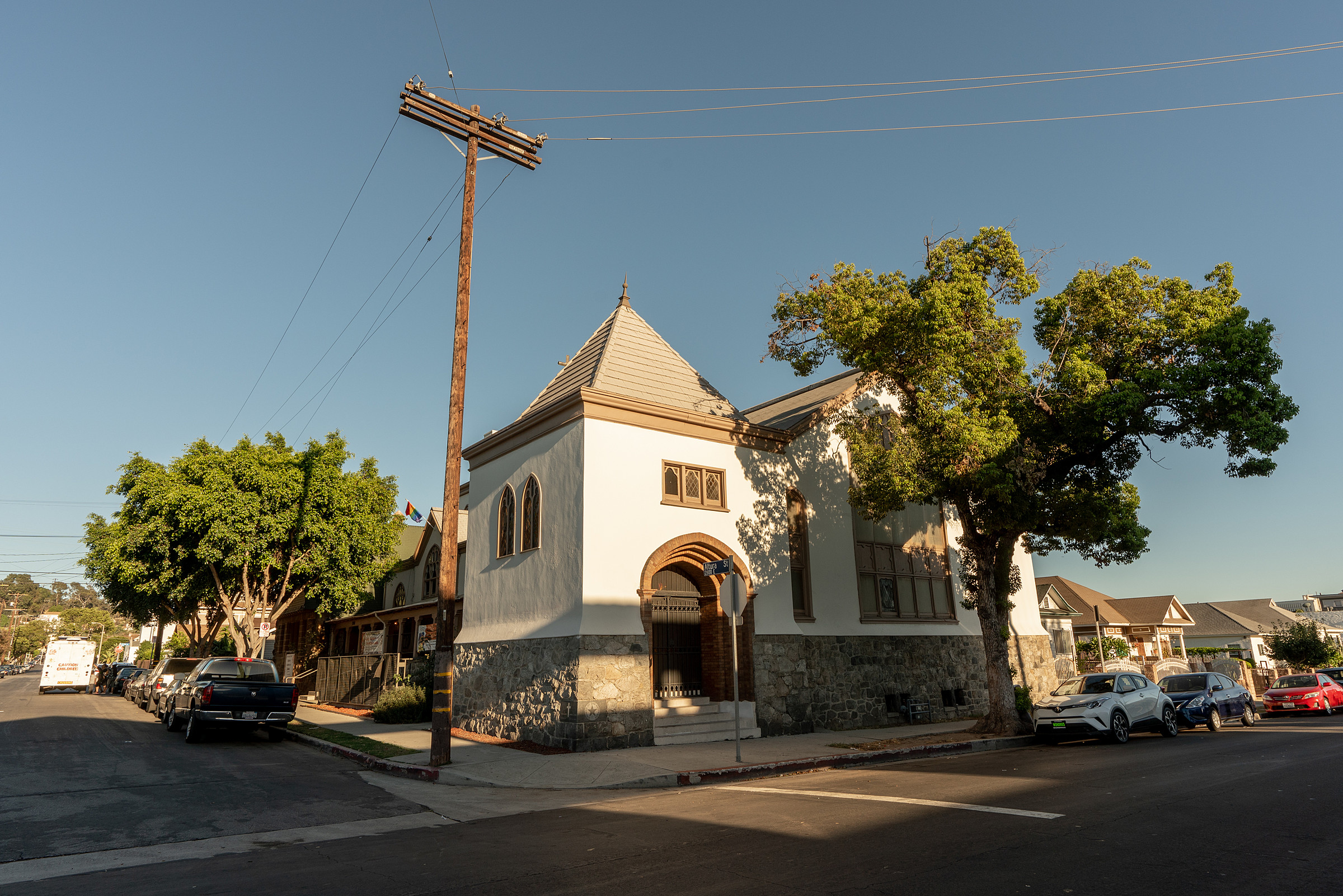
#OurLA
At a time when Angelenos are significantly confined to our homes, LA City Planning’s Office of Historic Resources has created a series of blogs called #OurLA to keep us connected to one another and to the places and neighborhoods that make Los Angeles special. This series highlights lesser-known historic buildings and historic places across the city – including places that help build community and connection. We’ll also be offering links to where you can learn more about related historic places and themes that have helped to define Los Angeles.
The Church of the Epiphany in Lincoln Heights was an important local hub of the civil rights activism of the Chicano Movement. It is perhaps best known for its association with the East L.A. Walkouts, or Blowouts, that took place in the spring of 1968, as well as the Chicano Moratorium protest marches of 1969 and 1970. The church served as an important organizing space for young Mexican-American activists.
More than 15,000 high school students who participated in the Blowouts walked out of class to protest the Los Angeles Unified School District’s unequal educational opportunities, high dropout rates, lack of resources, racism among staff and teachers, and general neglect of predominantly Mexican-American schools.

On August 29, 1970, the National Chicano Moratorium Committee organized the largest of its marches to protest the disproportionately high number of Chicano deaths in the Vietnam War. Up to 30,000 protesters marched in East Los Angeles. Clashes between police and protesters resulted in the death of noted Los Angeles Times journalist Ruben Salazar. Reaction to his untimely death led many more Chicanos to become involved with the civil rights struggle.
The church is significant for its association with the Chicano Movement and for its architecture. Architect Ernest Coxhead designed the original chapel in the Romanesque Revival style in 1888. The large 1913 expansion, designed by architect Arthur Benton, is built mainly in the Gothic Revival style with features of other styles incorporated. The Church of the Epiphany was designated Historic-Cultural Monument #807 in 2005 and added to the National Register of Historic Places in 2020.
Click here to read SurveyLA’s Latino Los Angeles Historic Context Statement.